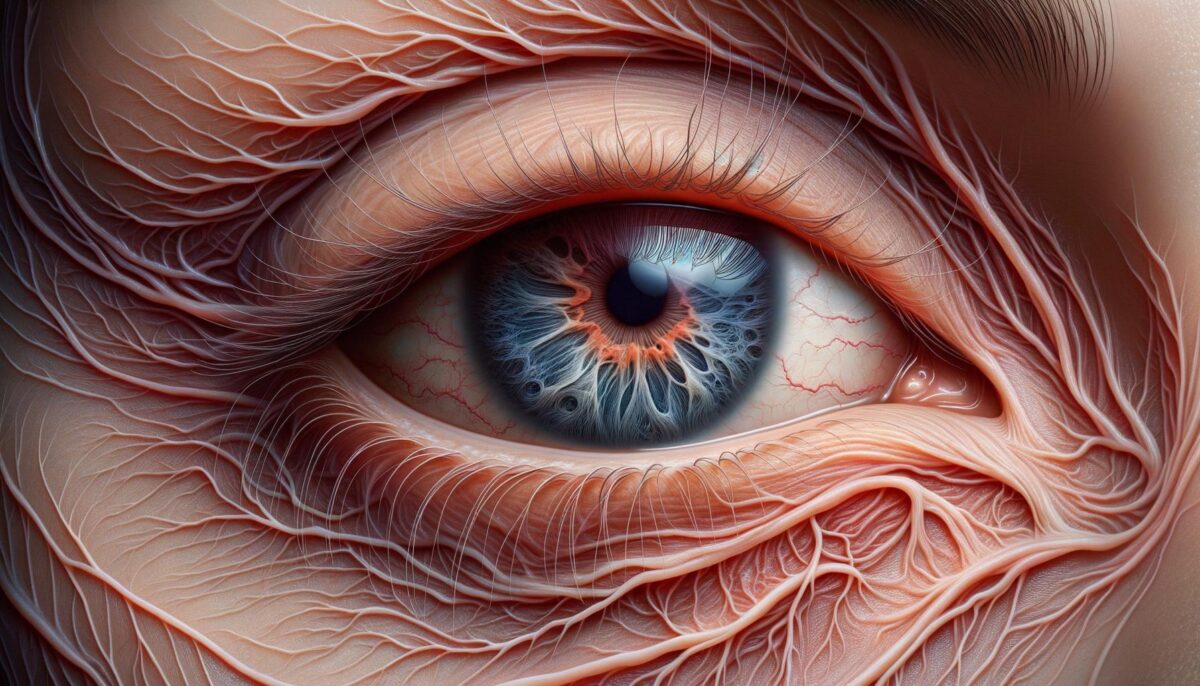Understanding Eye Bags
Eye bags are a common cosmetic concern, characterized by mild swelling or puffiness under the eyes. They often become more prominent as we age, due to weakened muscles and tissues around the eyes. Factors such as lack of sleep, stress, and even genetics can influence their appearance. It’s important to recognize that while they are typically not a serious health concern, they can impact self-confidence for many individuals. By identifying the underlying causes, you can explore tailored Eye Bag Treatment options that suit your needs.
Common Causes of Eye Bags
Several factors contribute to the development of eye bags. These can range from lifestyle choices to genetic predispositions. Understanding the causes can aid in choosing the right Eye Bag Treatment:
- Aging: As mentioned earlier, aging leads to a loss of collagen and elasticity in the skin, resulting in droopy eyelids and bags.
- Lifestyle Choices: Poor diet, lack of hydration, and insufficient sleep can exacerbate swelling around the eyes.
- Allergies: Allergic reactions can lead to inflammation and puffiness.
- Genetics: Family history can significantly influence your tendency to develop eye bags.
Identifying these causes is the first step towards managing and reducing eye bags effectively.
Non-Surgical Treatments
For those seeking Eye Bag Treatment without surgery, several non-invasive options are available. These treatments often focus on reducing swelling and improving skin texture:
- Topical Creams: Ingredients such as caffeine, vitamin C, and retinol can enhance skin elasticity and reduce fluid buildup.
- Cold Compresses: Applying a cool cloth can decrease swelling and puffiness temporarily.
- Hydration and Nutrition: A well-balanced diet and adequate water intake are essential for maintaining skin health.
- Professional Facials: Certain facials can stimulate circulation and aid in lymphatic drainage.
These methods, when used consistently, can provide noticeable improvements in the appearance of eye bags.
Surgical and Medical Interventions
For individuals seeking permanent solutions, surgical procedures may be considered. These medical Eye Bag Treatment options involve more significant intervention but offer lasting results:
- Blepharoplasty: This surgical procedure removes excess skin and fat, tightening the area around the eyes.
- Filler Injections: Fillers can smooth out the transition between the lower eyelid and cheek.
- Laser Treatments: Using lasers to tighten the skin and improve its appearance can be effective for less severe cases.
Consulting with a dermatologist or plastic surgeon can help determine the best approach based on the severity of the eye bags.
Preventative Measures
While treating eye bags is possible, prevention is equally important. Integrating these practices can minimize the development of eye bags:
- Skincare Routine: Regular use of moisturizers and sunscreens can protect the delicate skin under the eyes.
- Healthy Lifestyle: A lifestyle that incorporates adequate sleep, low salt diets, and reduced screen time can help maintain skin health.
- Stress Management: Practices such as meditation and yoga can reduce stress levels, which in turn can affect physical appearance.
By making these changes, you can effectively reduce the likelihood of developing eye bags.
Conclusion
Eye bags, while mostly a cosmetic issue, can affect personal esteem and appearance. With a variety of Eye Bag Treatment options available, ranging from topical applications to surgical interventions, individuals can find methods that work best for their lifestyle and preferences. Emphasizing preventive care and healthy living, you can manage and even reduce the appearance of eye bags, promoting a fresher, more alert look.
